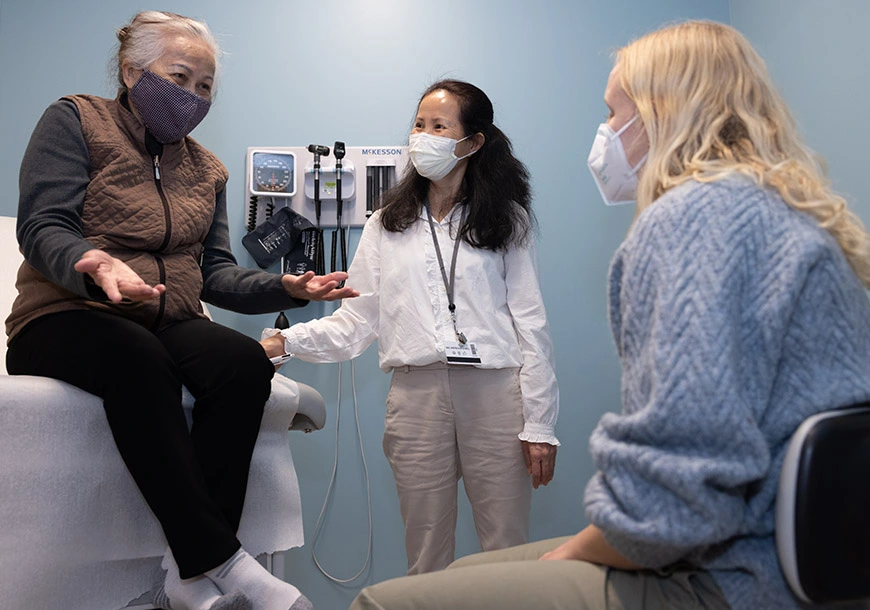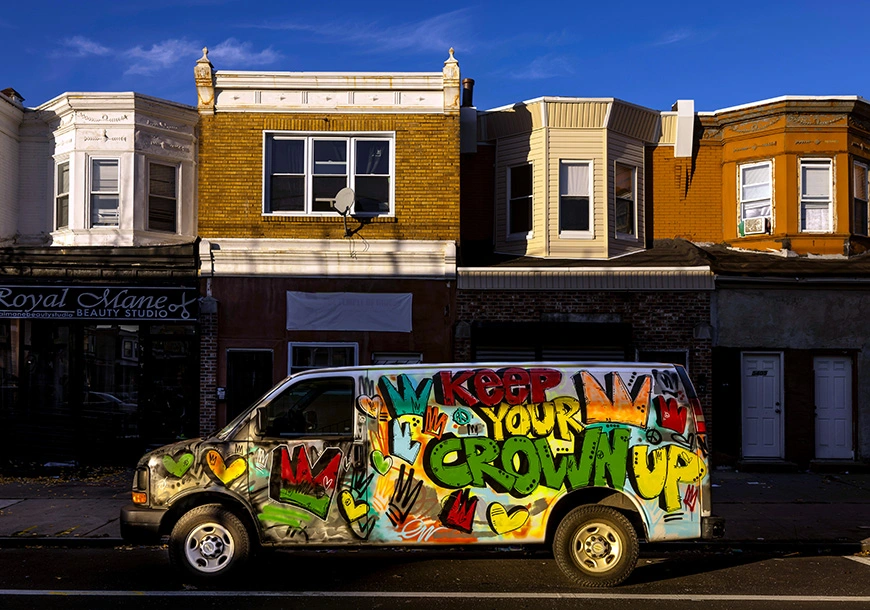
As part of the Closing the Gap initiative, dedicated clinical personnel, community health workers and health educators like Maggie provide health services outside corner stores and at other locations in Philadelphia. They also help with resources such as food, health education or housing, and connect people to trusted sources of care.

Approximately 40% of Philadelphia residents are Black or African American, according to research by the Pew Charitable Trusts. Risk factors behind cardiovascular disease are exacerbated by racial inequality, which can be defined as the unequal distribution of resources, power, and economic opportunity across race. According to the American Heart Association, heart disease accounts for nearly 40% of the disparity in life expectancy between Black and white Americans.


Around 23% of people in Philadelphia live below the poverty line, according to Pew. While this has fallen from 28% in 2011, it is still one of the highest rates among major US cities. For people in Philadelphia’s most vulnerable neighborhoods, poverty, structural inequities and other factors such as access to healthcare and educational attainment mean their ZIP code can be a major determinant of their health.



